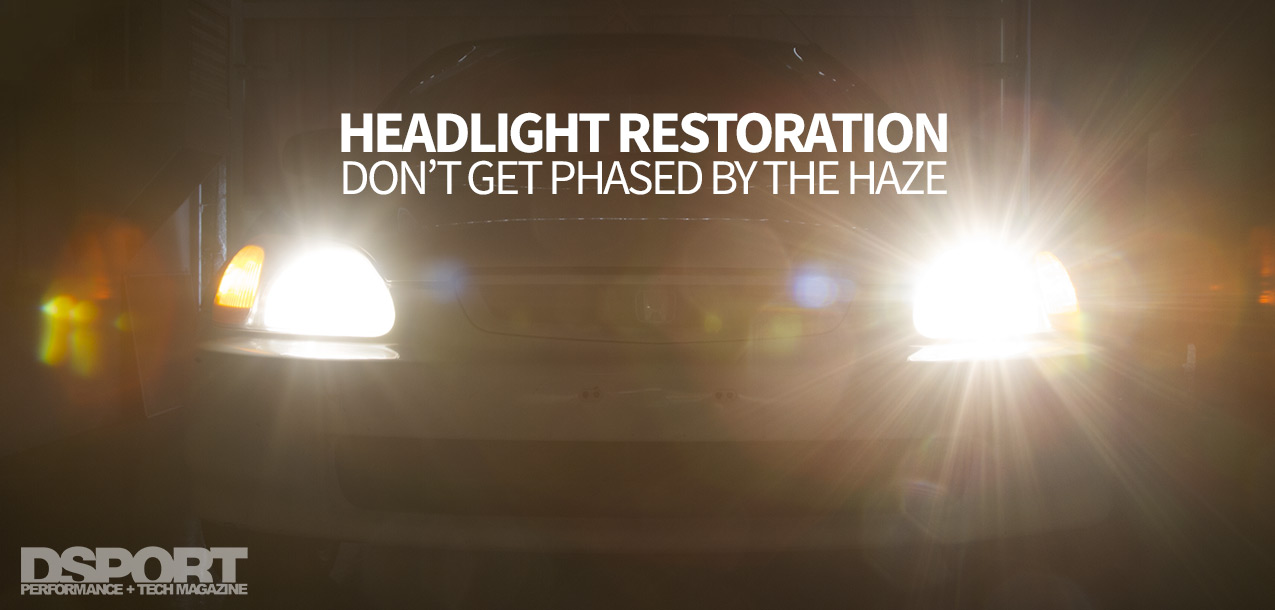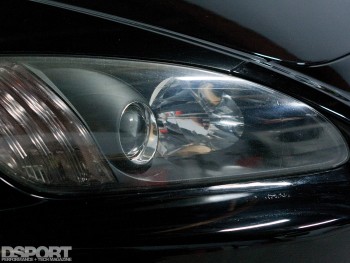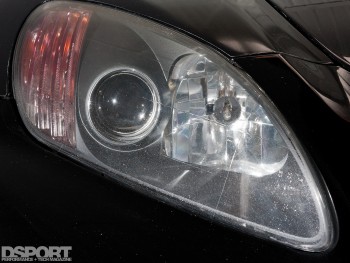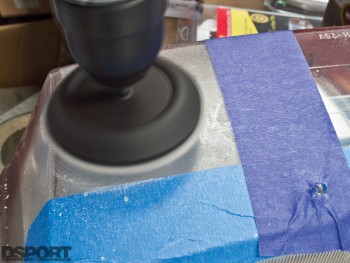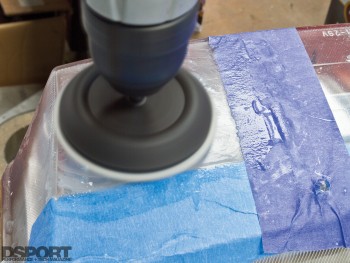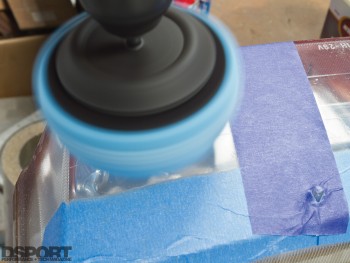Household Solutions
 On the opposite side of the solutions spectrum, it’s hard to believe that household goods could be used for the same purpose as the products in this showcase. Some creative people have turned to organic and mechanical home remedies. Avocados are a great addition to salads and burgers, and they’re the foundation for the ever-popular guacamole. Interestingly, some consider the pantothenic acid found in this fruit to be an effective remover of oxidation from the lens surface. The same could be said for urine (uric acid) and vinegar (acetic acid). To improve the effectiveness of these chemical cleaners, it’s been suggested that an abrasive like toothpaste or baking soda be added. Keep in mind, regardless of the effectiveness of these solutions, none of them offer any sort of UV resistance or protection, so plan to apply a UV protectant or repeat these processes with regularity.
On the opposite side of the solutions spectrum, it’s hard to believe that household goods could be used for the same purpose as the products in this showcase. Some creative people have turned to organic and mechanical home remedies. Avocados are a great addition to salads and burgers, and they’re the foundation for the ever-popular guacamole. Interestingly, some consider the pantothenic acid found in this fruit to be an effective remover of oxidation from the lens surface. The same could be said for urine (uric acid) and vinegar (acetic acid). To improve the effectiveness of these chemical cleaners, it’s been suggested that an abrasive like toothpaste or baking soda be added. Keep in mind, regardless of the effectiveness of these solutions, none of them offer any sort of UV resistance or protection, so plan to apply a UV protectant or repeat these processes with regularity.
Just For Fun
It’s always interesting to see what alternative solutions the internet conjures up, so we put these three solutions to the test. The avocado got our appetites going, but delivered marginal results. The baking soda was a little more effective, mostly because of its abrasive properties. When mixed with toothpaste, it was even better. Urine did little more than gross out some of the staff, barely serving as a rinse for the lens. With toothpaste added, it performed similarly to the baking soda with toothpaste, but the toothpaste was doing all of the work. None of these solutions offer any sort of UV protection and hardly seemed worth it. Considering how reasonably priced some of the commercially available solutions are and how well they perform, scrubbing avocados, toothpaste and urine on the headlight sample was just not worth the effort or the time.
(L) At one angle, this polished lens looks fairly decent. (R) From the front, the imperfections become more apparent.
Get in the Garage
From household solutions to automotive specific and professional level kits, there are quite a few options available. But how effective are each of these methods and will they endure for as long as the manufacturers claim? To answer the question, we invited a number of manufacturers in the marketplace to participate in the DSPORT Headlight Restoration Showcase, and many responded enthusiastically to the opportunity to have their product evaluated. We then went to our local Pick Your Part salvage yard and sourced a half dozen headlight samples to test. For consistency, we chose headlights from 1994-1997 Honda Accords of similar vintage and condition.
Treasure Hunt
To find the ideal headlight samples to test these different methods of restoration, we went to LKQ’s Pick Your Part facility in Anaheim, California to seek out what we needed. LKQ Pick Your Part has more than 65 facilities nationwide, and its online search tool helps a shopper figure out if there is a vehicle fitting their need on the lot. We searched for a common vehicle, a 1994-1997 Honda Accord sedan. The search confirmed there were at least fifteen units, giving us good odds of finding the UV damaged and hazy headlights we would need for the testing. The facility supervisor, Alex, was friendly and helpful, pointing us in the right direction quickly. After going up and down the aisles, we found enough headlight samples of similar condition to conduct our testing. DSPORT Magazine would like to thank Donna McGee and LKQ Corporation for their help and participation in the Headlight Restoration Showcase.
Choose Your Battles
Don’t show up to a gunfight with a knife. Choose your restoration solution based on the condition of your headlights. The manufacturers that offer solutions that do not require sanding or do not include some sort of abrasive component to its restoration kit are likely to perform well on mild oxidation, but will be far less effective on heavily damaged lenses. If your headlights require heavy restoration, the appropriate solutions often contain the requisite components to remove the factory UV coating, including multiple grades of sanding solutions ranging from as coarse as a 400 grit to as fine as a 3000 grit. Some will also include a polishing step for an even smoother finish.
–
Page 1- Intro to Headlight Restoration
Page 2- Ultraviolet Light Explained


